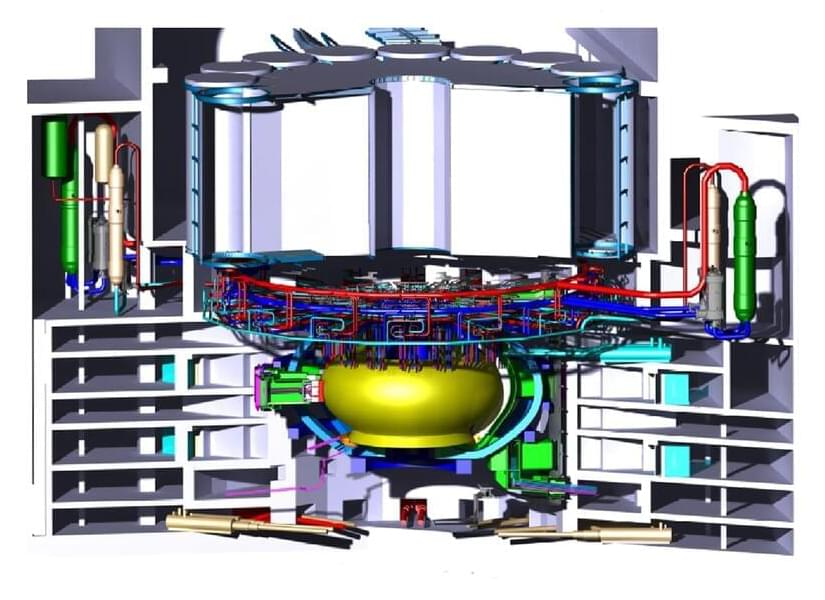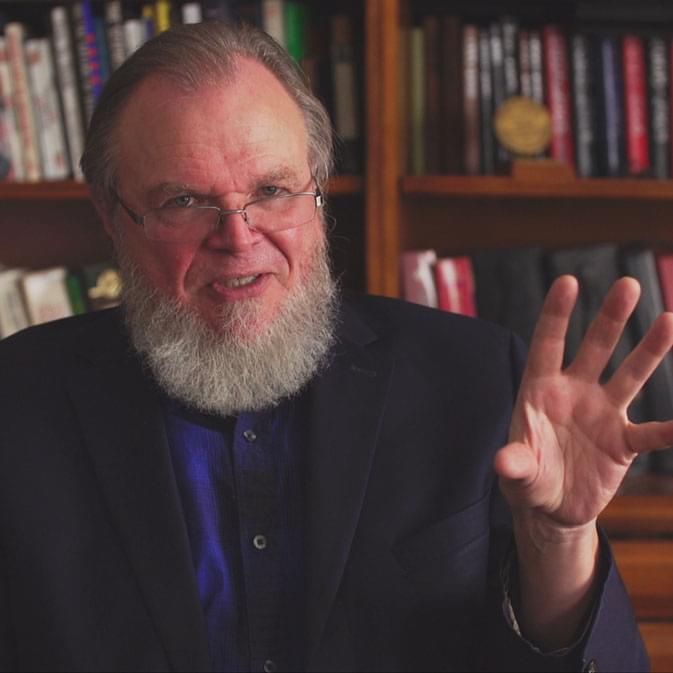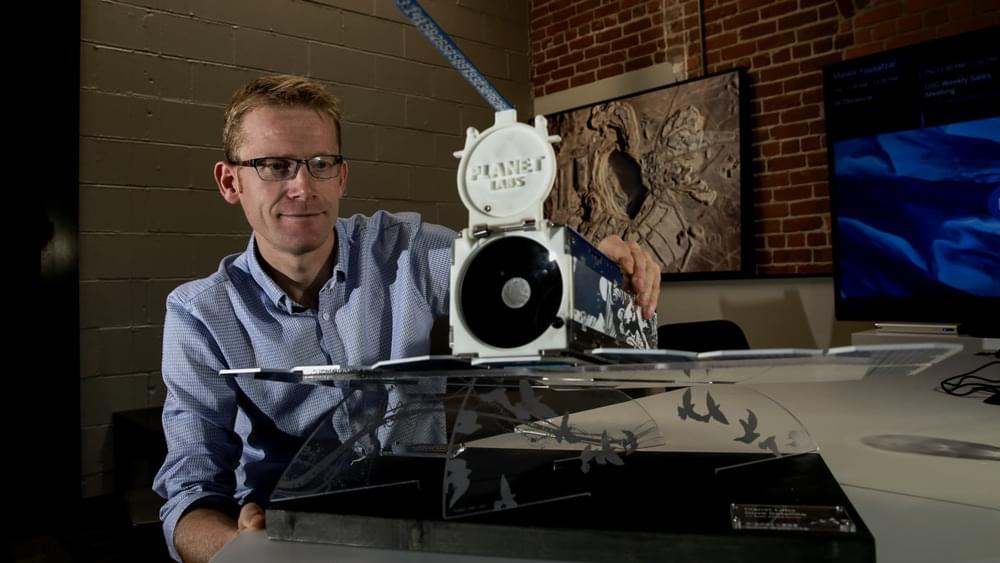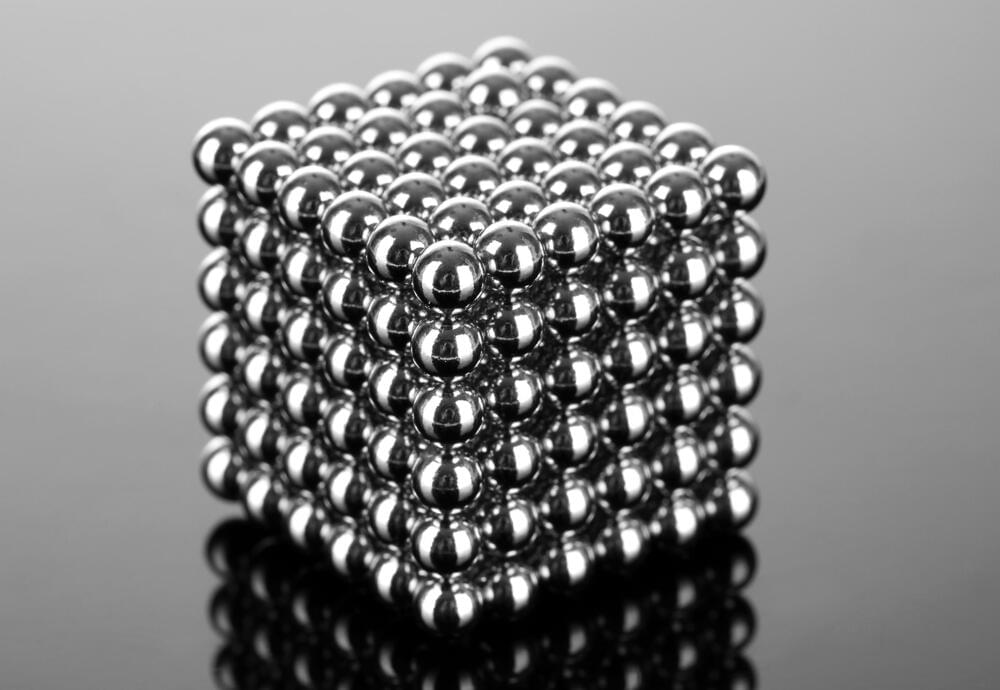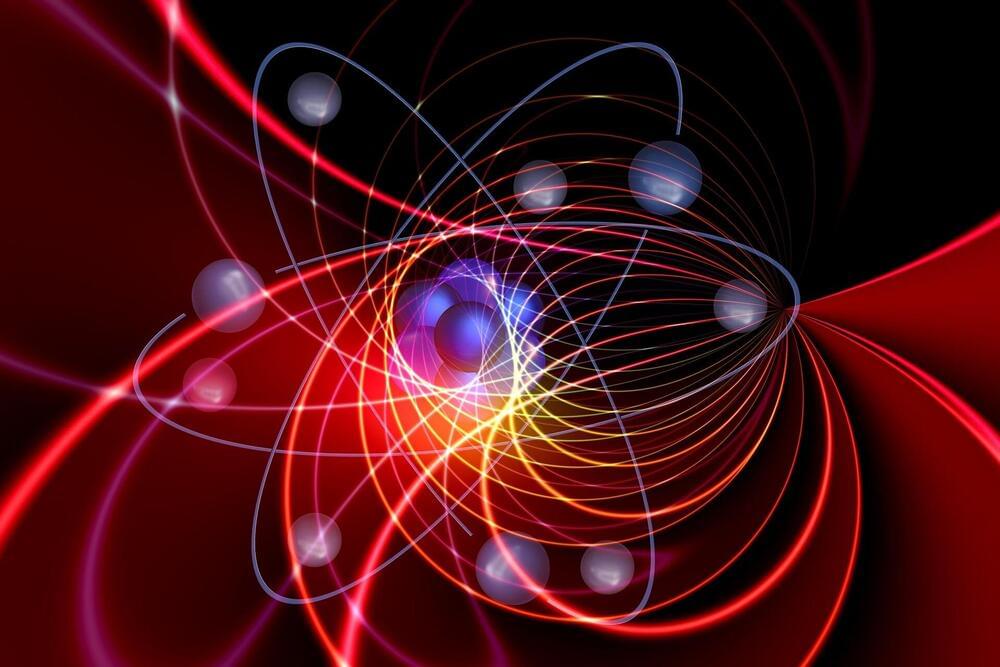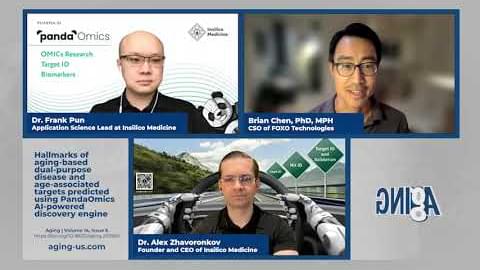Jul 6, 2022
State of the art for Europe’s demonstration fusion power plant
Posted by Shubham Ghosh Roy in categories: futurism, nuclear energy
The European research consortium EUROfusion has announced the start of a five-year conceptual design phase for its demonstration fusion power plant DEMO, capable of net electricity production, shortly after the middle of the century in its Roadmap to Fusion Energy.
The first-of-its-kind facility represents the next technological step after the global ITER fusion experiment. It aims to demonstrate the net production of 300 to 500 megawatt of electricity generated by nuclear fusion, clean and safe energy, as well as essential technologies such as remote maintenance and tritium breeding. The tritium breeding technology will allow operators to produce the tritium fusion fuel on-site is a crucial requirement not just for DEMO but also for any future fusion power device to follow ITER.
Fusion is the process that powers stars like our Sun and promises an inherently safe and nearly unlimited long-term clean energy source here on Earth. Fusion energy will generate immense amounts of energy from just a few grams of the abundant fuels found all over the world.
